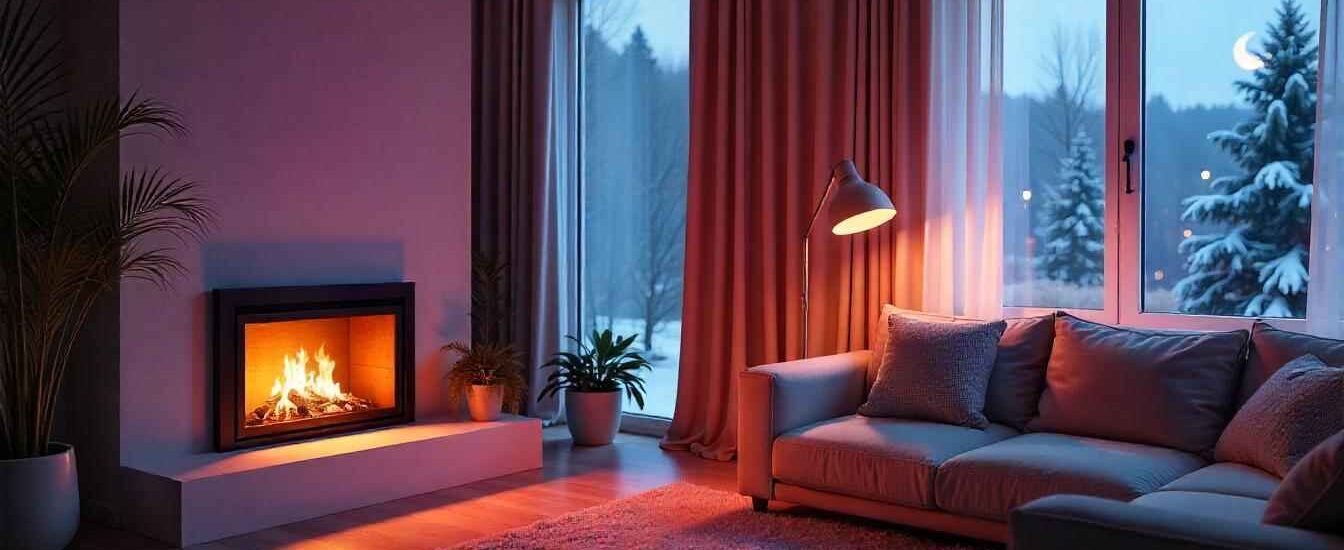When you’re dealing with allergies, your home heating system plays a bigger role than you might think. While most people look at cost and efficiency when choosing a system, those with asthma or allergies must ask: What’s the best heating system for allergy sufferers? Fortunately, several heating options are designed to keep your indoor air cleaner, reduce airborne allergens, and help you breathe easier.
Why Forced-Air Systems May Be a Problem
Traditional forced-air systems, such as gas or electric furnaces, blow heated air through a network of ducts. While they’re effective and efficient, they also stir up dust, pollen, and pet dander—common triggers for allergy sufferers. If your ducts aren’t sealed and cleaned regularly, they can become a breeding ground for mold and bacteria.
Even with good filters, forced-air systems can distribute allergens throughout your home. This is particularly problematic in older homes where ductwork might be leaky or poorly insulated.
If your home currently uses a forced-air system, frequent filter changes and professional duct cleaning can help, but switching to an alternative system may be worth considering for long-term allergy relief.
Radiant Floor Heating: A Breath of Fresh Air
One of the best options for allergy sufferers is radiant floor heating. These systems operate silently and don’t rely on air circulation, which means there’s no air movement to stir up dust or allergens.
Radiant heating warms the floor and objects in the room using either hot water (hydronic) or electric coils beneath the floor. This results in even, comfortable warmth without the dry, dusty air common in forced-air systems. Plus, since the heat comes from below, it stays at ground level, exactly where you want it during cold months.
According to industry professionals, helpful resources show that radiant heating not only improves comfort for allergy sufferers but also provides better heat retention, lowering your overall energy use.
Ductless Mini-Splits: Targeted Comfort, Fewer Allergens
Another top pick for allergy-conscious homeowners is the ductless mini-split heat pump. These systems use an outdoor compressor and indoor air-handling units mounted in each room, so there are no ducts to harbor allergens.
Mini-splits also come equipped with advanced filtration systems that trap dust, bacteria, and allergens before they circulate in your room. Because they allow for zoned heating, you can keep unused rooms cooler, reducing dust accumulation in those areas.
With monthly costs ranging from $30 to $150 depending on usage and efficiency, mini-splits offer both clean air and cost-effective comfort.
You can learn more about how mini-splits compare with traditional systems and how to choose the right one for your allergy-sensitive household.
Avoiding the Wrong Systems
While wood heaters and pellet stoves may offer rustic charm and low fuel costs, they are not suitable for allergy sufferers. Even with modern designs that reduce emissions, they still produce smoke, ash, and airborne particles that can trigger respiratory symptoms. Additionally, loading wood or pellets can release dust into the air, making symptoms worse.
Similarly, gas boilers and electric boilers that use radiators are better than forced-air systems in terms of air quality, but they lack the filtration capabilities of mini-splits and radiant heat. However, they remain an acceptable compromise for households where ductless systems aren’t practical.
Maintaining Clean Indoor Air
Regardless of your heating system, maintaining clean indoor air is essential. Use HEPA filters where possible, vacuum with a HEPA-filtered vacuum, and run an air purifier in high-use areas. Clean humidifiers regularly, and maintain indoor humidity between 30–50% to prevent mold growth.
Remember, the best heating system for allergies isn’t just about avoiding ductwork—it’s about creating a cleaner, more breathable indoor environment.
Final Thought
For those with allergies or respiratory concerns, radiant floor heating and ductless mini-splits are the top contenders. They minimize air movement, avoid ductwork, and offer better filtration, making your home more comfortable and healthier throughout the winter.
To compare these systems with others and see how they perform in real-world conditions, get the facts and make an informed decision that supports both your health and your budget.






